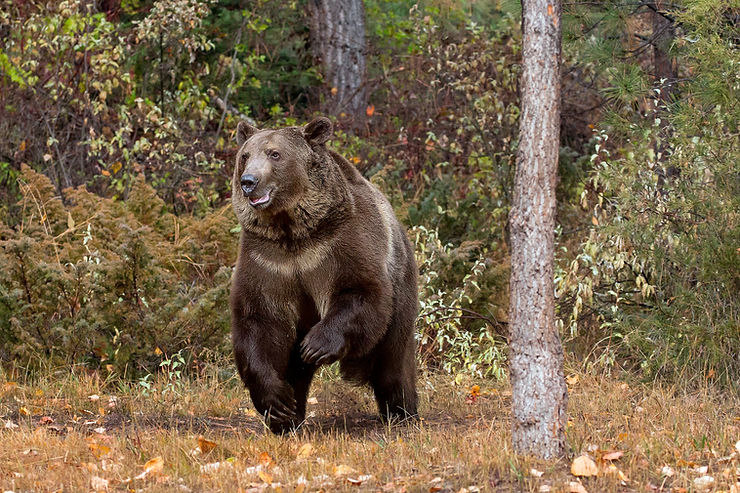By: Ansha Kottapalli
Last month, a grizzly bear killed a woman just outside of Yellowstone. Unable to find the grizzly bear, authorities called off the search last week. This incident caused some individuals to argue that grizzly bears should be removed from the Endangered Species Act.
The population of grizzly bears in Yellowstone national park is now 965. This figure has increased 4x since 1975, when grizzly bears were first included under the Endangered Species Act. A common misconception is that Grizzly bears are menacing and aggressive towards humans, but this assumption does not hold true most of the time – the bears would actually rather hide from humans than harm them. According to NPR, visitors of Yellowstone are just as likely to be, “killed by a falling tree as being killed by a grizzly”(NPR).
Despite Yellowstone’s large area of 3,471 square miles and record of about 5 million visitors in 2021, only ten people have been killed by the animals at the park in the past thirteen years. Grizzly bear attacks are extremely rare, and statistics show no “upward trend”.
Hannibal Anderson, a rancher, learned to coexist with grizzlies. He moved to his current ranch just outside of Yellowstone in the 50s, a time when these bears weren’t much of a problem. It wasn’t until the 2000s, when the grizzlies began “grazing within sight,” that Anderson began suspecting they were killing his cows.
Wanting to coexist with the bears, Anderson and his family decided to structure their ranch differently. They decided to hire more range riders, both riders that protect cows from bears and riders who examine the terrain. The Andersons also decided to raise bigger, older cows, keeping them closer together to fend off their predators as a herd. They constantly move the herd to different locations. Anderson understands this is a lot of work, but he is an avid believer in coexisting with wildlife.
Some political figures don’t agree with Anderson’s ideology. Their belief is that people have already spent so much time conforming to the bears’ needs and think that it is time to remove them from The Federal Endangered Species protections. Biologist Frank van Manen said that the grizzly bear population has surpassed the goal population set by the U.S. Fish and Wildlife Service.
Anderson has heard both sides of the story for a while, and to this day questions which answer is right. His main concern is “what kind of relationship do the humans, wherever they are, want to have with the grizzly bear?”(NPR). No matter the outcome, he will still act on his belief of living in harmony with the grizzlies.











